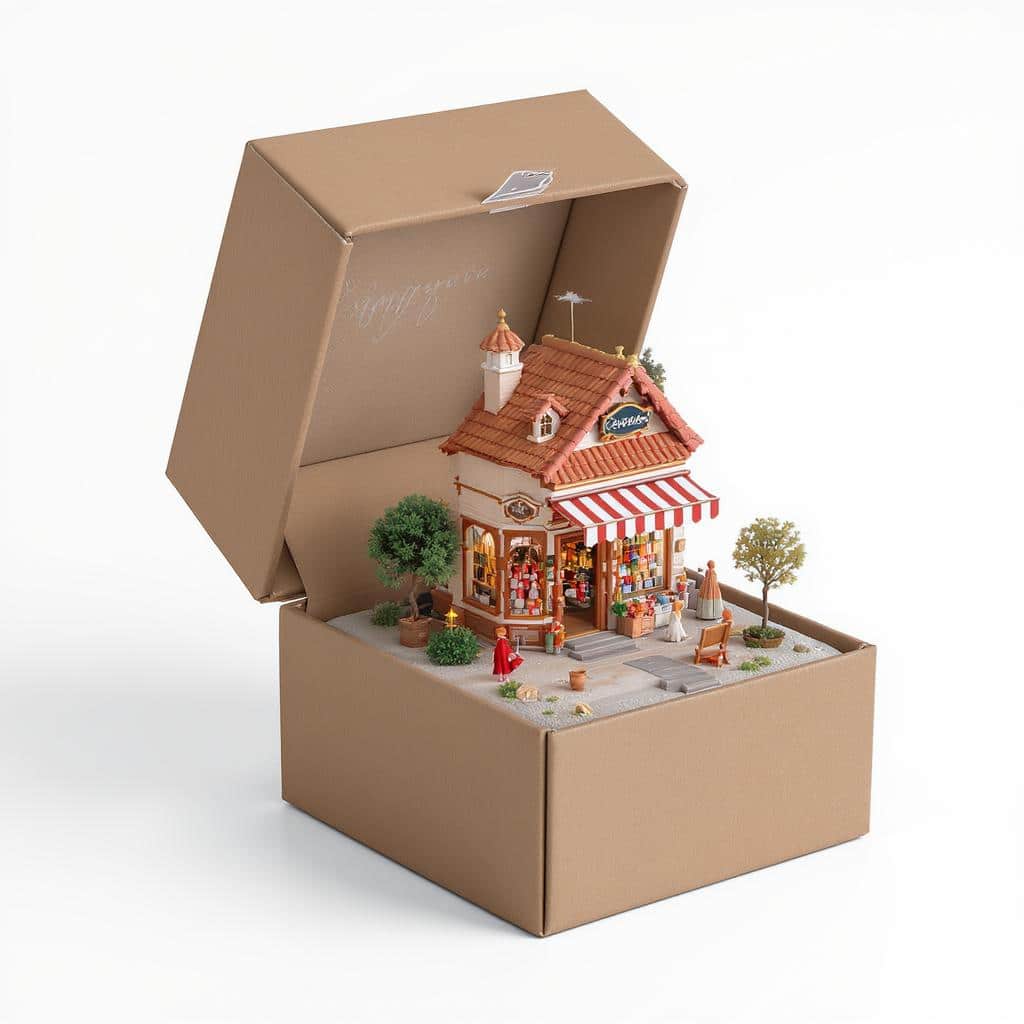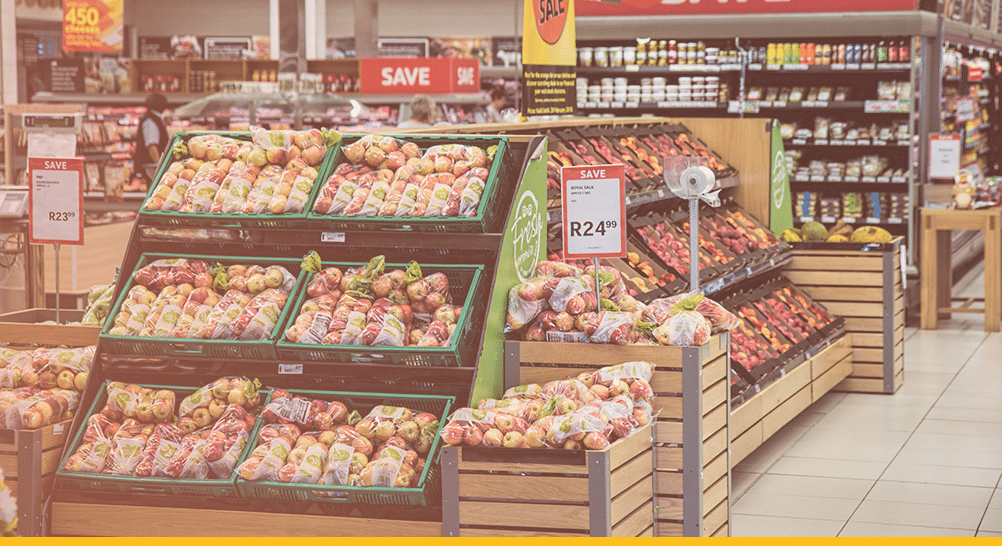When it comes to optimizing retail store operations, in-store A/B testing is an essential strategy that allows retailers to measure the potential Return on Investment (ROI) of various changes or investments before fully implementing them.
Understand the benefit-risk ratio
In-store testing is a smart way to make better decisions. It helps retailers figure out what works best for their customers and their business, reducing the risk of making costly mistakes. A/B testing encourages ongoing improvement, giving retailers an edge in a competitive market. It also keeps customers happier and more loyal. While it may seem a bit challenging, the benefits, like increased profits and adaptability, make it worthwhile in the long run. Test and learn is therefore a valuable strategy for ensuring store operations succeed. And the opportunities of things to test are as limitless as your ability to innovate. Test everything from staffing, pricing, promotions, and merchandising, to assortment planning, inventory management, technology, and shrink initiatives.
Start small to manage expectations
Many retailers avoid in-store testing because they believe it to be too operationally complex. Given the investment of time and resources, it is easy to assume that implementing changes without testing them first is the wiser decision. However, retailers who adopt a test and learn approach have found the financial benefits far outweigh any operational investment. Additionally, a user-friendly software platform such as MarketDial can automate the data science and analysis of in-store testing, increasing speed to market and significantly reducing analytical complexity.
Start by back testing to understand what initiatives have already produced positive, neutral, and negative lift. Once you have an idea of what initiatives have been successful, look at opportunities to test similar ideas that won’t require significant resources. Analyze those results and report to team members your findings to win buy-in for future tests.
Implement test and learn into store operations in six easy steps
- Hypothesis Formulation
First, formulate a hypothesis or a set of assumptions about a potential change you want to make in your store operations. This could be related to store layout, product placement, pricing, signage, or any other aspect of the business. - A/B Test Setup
Divide your target audience or store visitors into two groups: Group A (the control group) and Group B (the experimental group). Both groups are exposed to slightly different conditions – Group A experiences the current state of operations (the control), while Group B experiences the proposed change (the experimental condition). - Data Collection
Collect data during the testing period. Closely monitor metrics for both groups that are relevant to the your objectives, such as sales, customer engagement, conversion rates, and average transaction value. However, be sure not to draw hasty conclusions; wait for the test to run its course before relying on results. - Comparison and Analysis
After a sufficient data collection period, analyze the results. Compare the performance of the control group (A) with the experimental group (B) to determine which condition yields better results in terms of the chosen metrics. - ROI Calculation
Once the analysis is complete and it’s clear which condition is more effective, tyou can then estimate the potential ROI based on the observed performance differences. This estimate can include projected revenue increases, cost savings, or any other relevant financial indicators. - Decision-Making
Armed with data-backed insights into the expected ROI, you can now make an informed decision about whether or not to invest in the proposed change or improvement. If the experimental condition shows a promising ROI, the investment can proceed with confidence.
Looking for more insights into store ops? Check out these resources:
Fine-tuning the art of effective retail store operations
Retailers with winning store operations strategies
Retail testing trends: Shifting focus in stores




